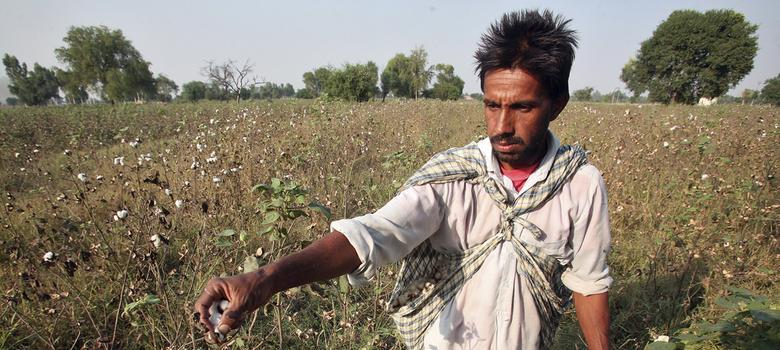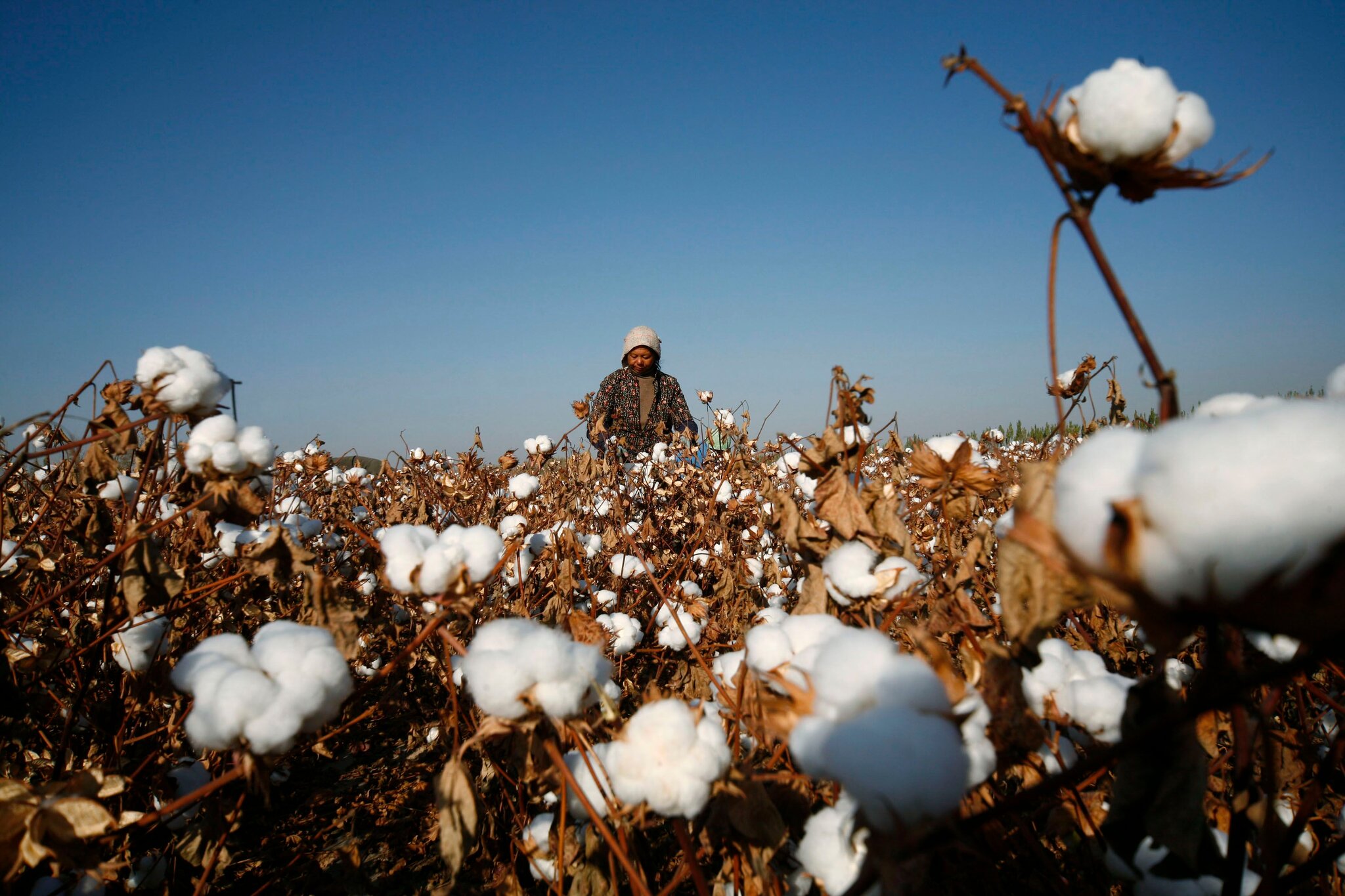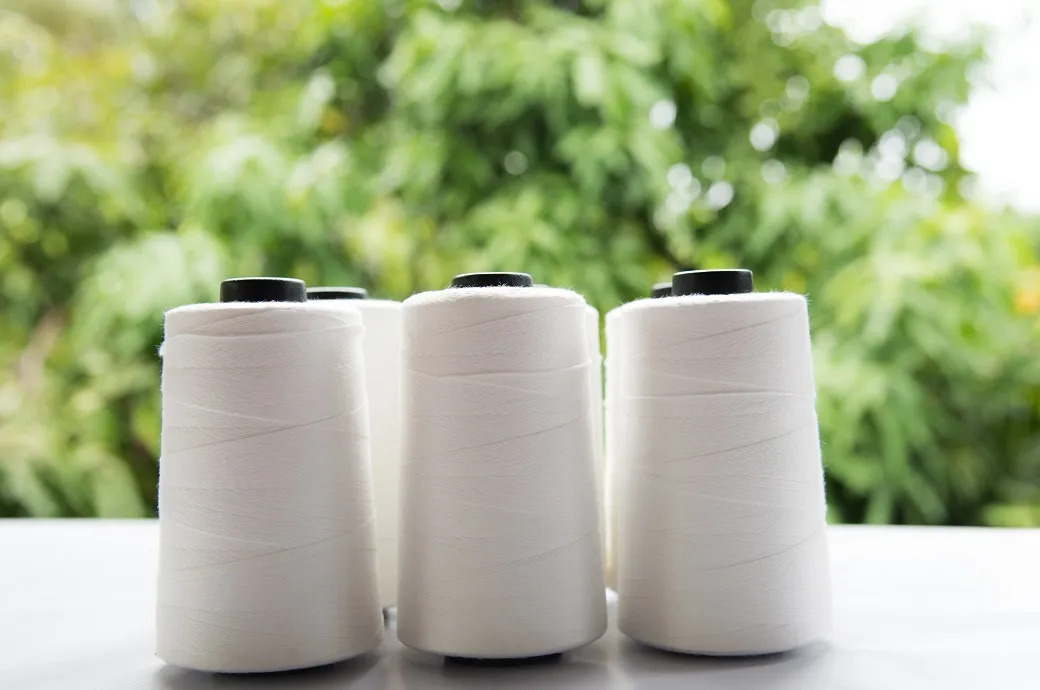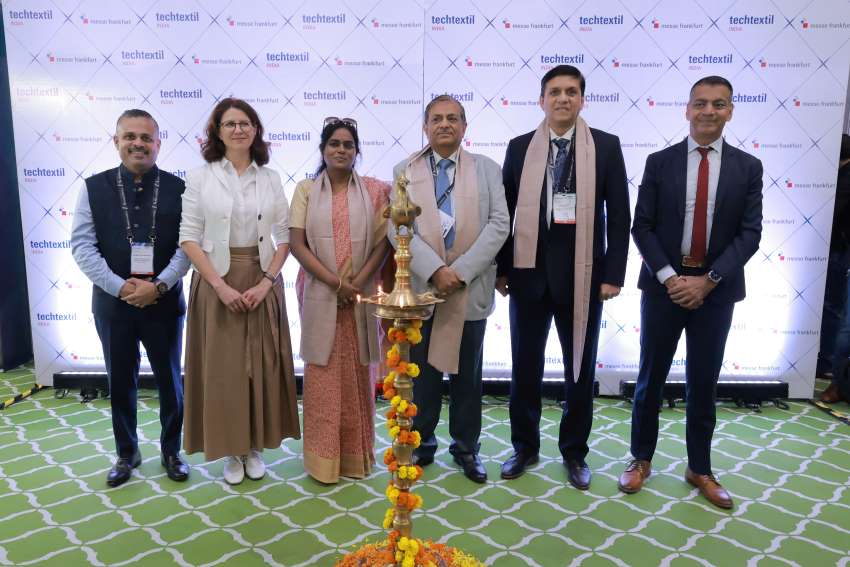
India, one of the largest cotton producers in the world, is going through a tough time with its current crop of the white fluff. It isn’t just the Ukrainian conflict as economic uncertainties have also created a sizeable slump in demand for clothing and therefore textile. A year ago things looked different as in FY 2022, Indian cotton yarn manufacturers achieved record-high profitability due to strong demand, lower domestic cotton prices compared to international prices and the US ban on cotton products from China’s Xinjiang region, which redirected some demand to India. FY 2023 has been a complete let down after so far. Experts opine, China used to be the number one and largest buyer of Indian cotton but now has reduced orders after its textile industry hit doldrums post-pandemic. Since FY 2022, Bangladesh is India's number one buyer of cotton yarn.
FY 2023 poses many challenges
If the country’s registered production continues its free fall, India will not only lose its status as one of the world’s largest cotton producers but also runs the risk of becoming a net importer. So what exactly is going on? The disparity between domestic and international cotton prices is a considerable one as Indian cotton is priced between 10 and 14 per cent higher than international price. When there is an overall decline in demand for cotton textile at a global level, the higher pricing is leading to rejection by international importers.
A catch-22 situation, the decline in sales volume and the forced contraction in operating profitability just to sell the produce is creating a big impact on the farming communities. While inflation in India is relatively under control but the slight levels it is at in terms of energy costs has made it hard for factories spinning yarns to lower their costs to compete. This year has been a record low for Indian cotton yarn exporters.
USDA red flag a bane
In this ongoing turmoil, USDA has stated that it expects India’s cotton exports to slip to its lowest levels in 19 years during the ongoing crop season between October 2022 and September 2023. The USDA expects farmers to shift to other profitable crops such as oilseeds and pulses leading to the dip. Indian cotton yarn exports had hit a decadal low of 664,000 tonnes in FY23, compared to the highest exports of 1.38 million tonnes in FY22.
Latest agriculture ministry stats show, cotton sowing across India remains 8.5 per cent lower on year at 7 million hectares due to a shrink in cultivation in some major growing states such as Maharashtra, Andhra Pradesh, and Telangana amid patchy rainfall. Many farmers say they are worried about producing a crop that is so reliant on water, of which there is no guarantee as climatic conditions have changed drastically and long periods of drought are playing havoc with the crop and soil. The only Indian state that saw a 4.6 per cent increase in crop production was Gujarat as it was blessed with a copious amount of rainfall last year.
In fact, at a recent Cotton Association of India press conference, former secretary of state for textile, UP Singh was not so optimistic about times ahead unlike many experts. While many experts are talking about a 5 to 7 per cent growth in cotton yarn production in India, Singh says unless productivity in cotton farming is addressed, India will soon be importing cotton instead of being the largest producer.












